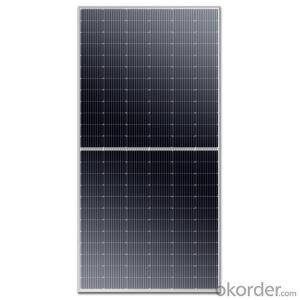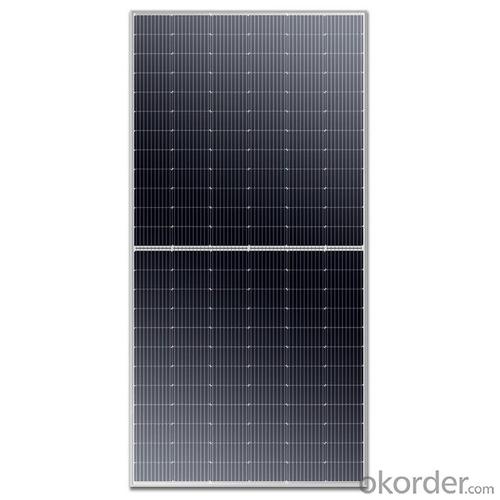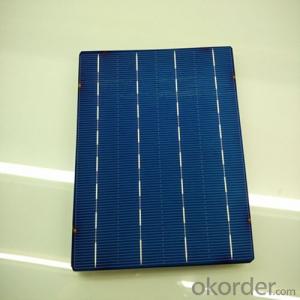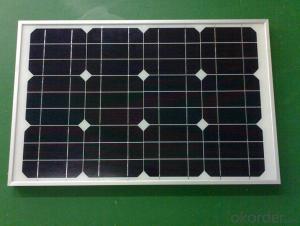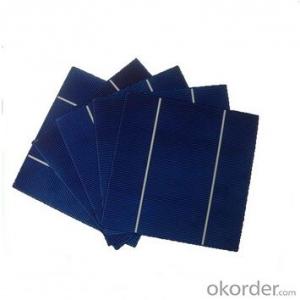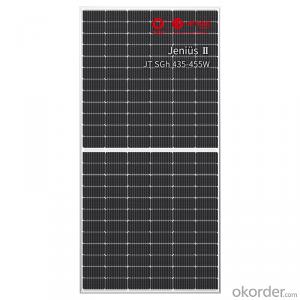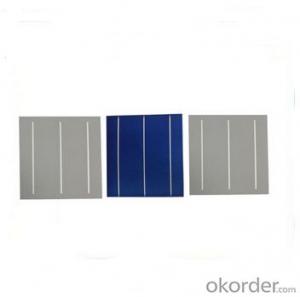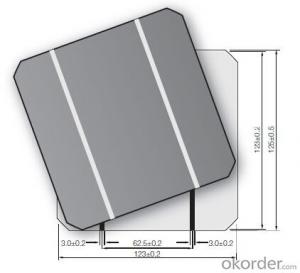La Solar Panels - New Hot Top Quality Jetion Solar Panel 370W Cost Price Bifacial Panels Black Cells 156x156mm
- Supplier:
 Jetion Holdings Limited
Jetion Holdings Limited
- Loading Port:
- China main port
- Payment Terms:
- TT OR LC
- Min Order Qty:
- 806 pc
- Supply Capability:
- 500000 pc/month
OKorder Service Pledge
Quality Product, Order Online Tracking, Timely Delivery
OKorder Financial Service
Credit Rating, Credit Services, Credit Purchasing
You Might Also Like
As a member of CNBM - a Fortune 500 company, Jetion Solar provides various product solutions, global EPC service and nancing. Its standard and high-e ciency product o erings are among the most powerful and cost-e ective in the industry. Till now, Jetion Solar has cumulatively more than 10 GW module shipment and 1 GW global EPC track records.
Structural characteristics
| Component size | 1755x1038x35mm |
| Weight | 20 kg |
| Battery | Mono 182 mm (2 x78pcs) |
| Glass | Coated, 3.2mm toughened glass, low iron |
| Frame | Anodized aluminium alloy |
| Junction box | IP68 |
| Output wire | 4.0mm², wire length: 1200mm for positive and negative poles |
| Connector | MC4 compatible |
| Mechanical load | Front maximum: 5400Pa;Back maximum: 2400Pa |

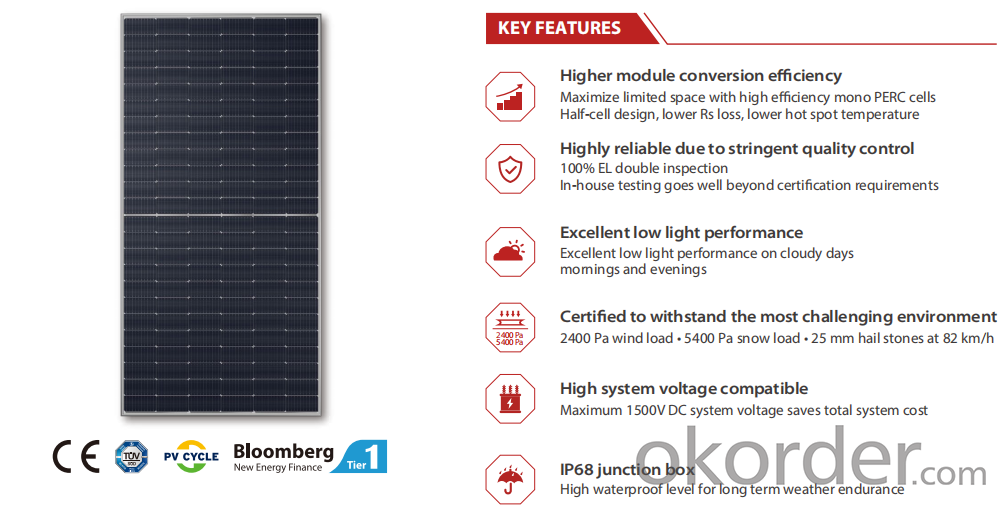
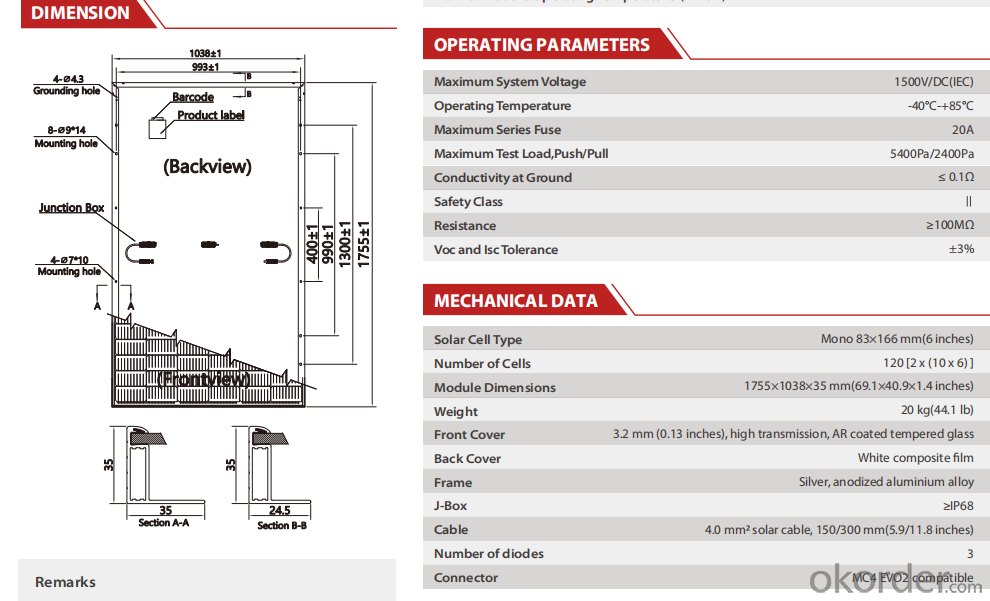

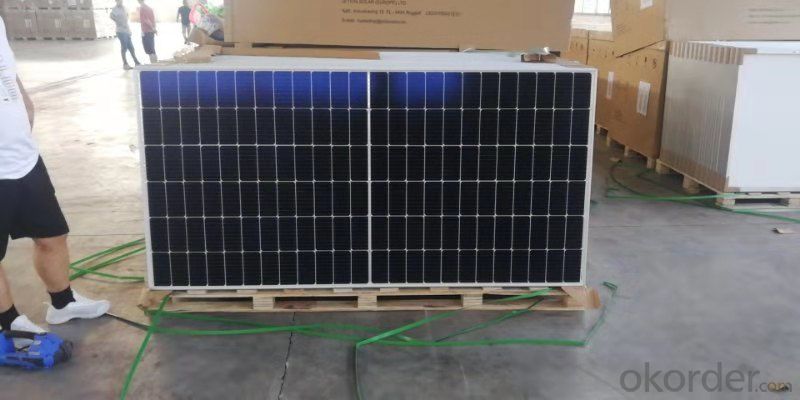
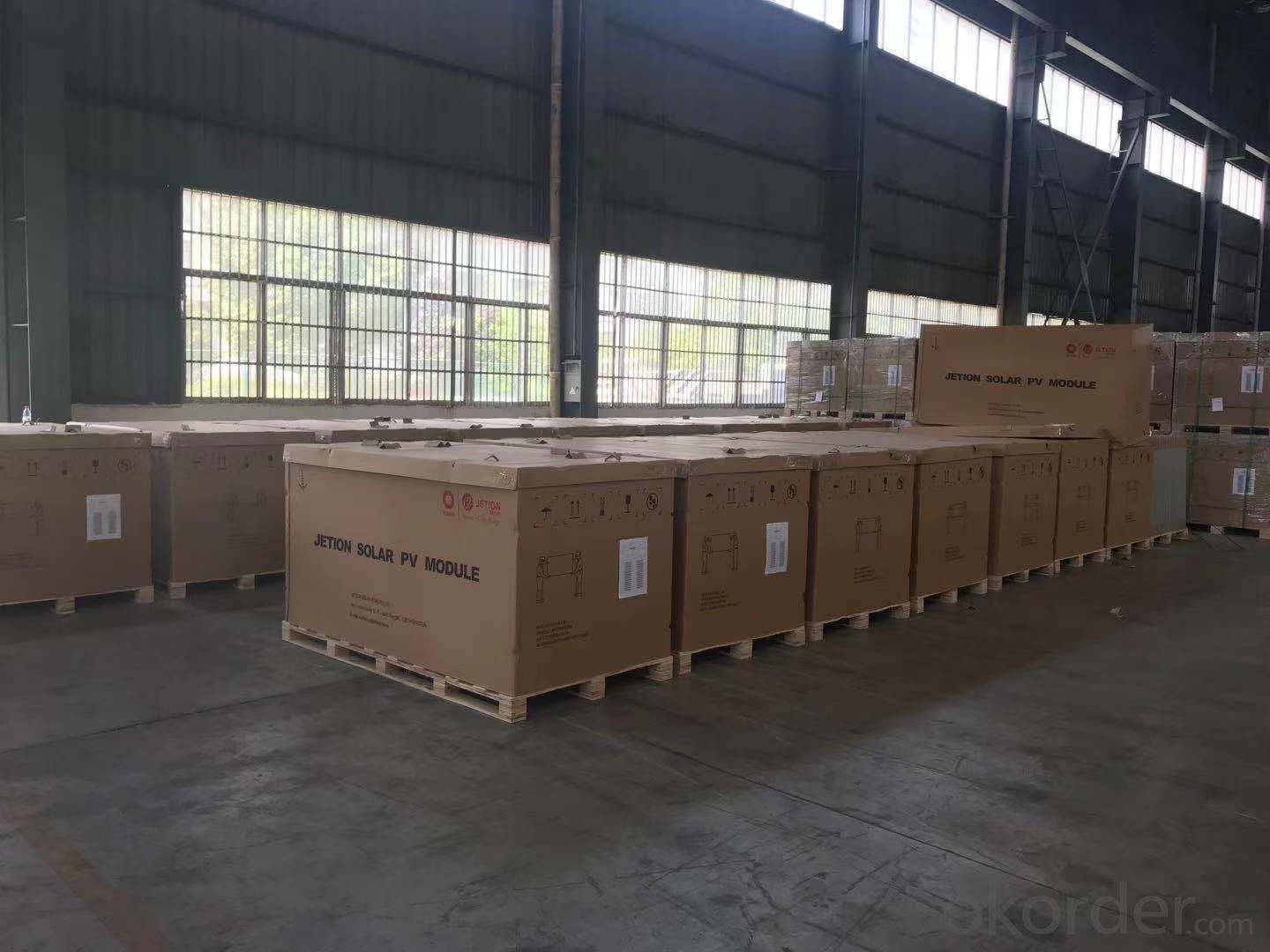

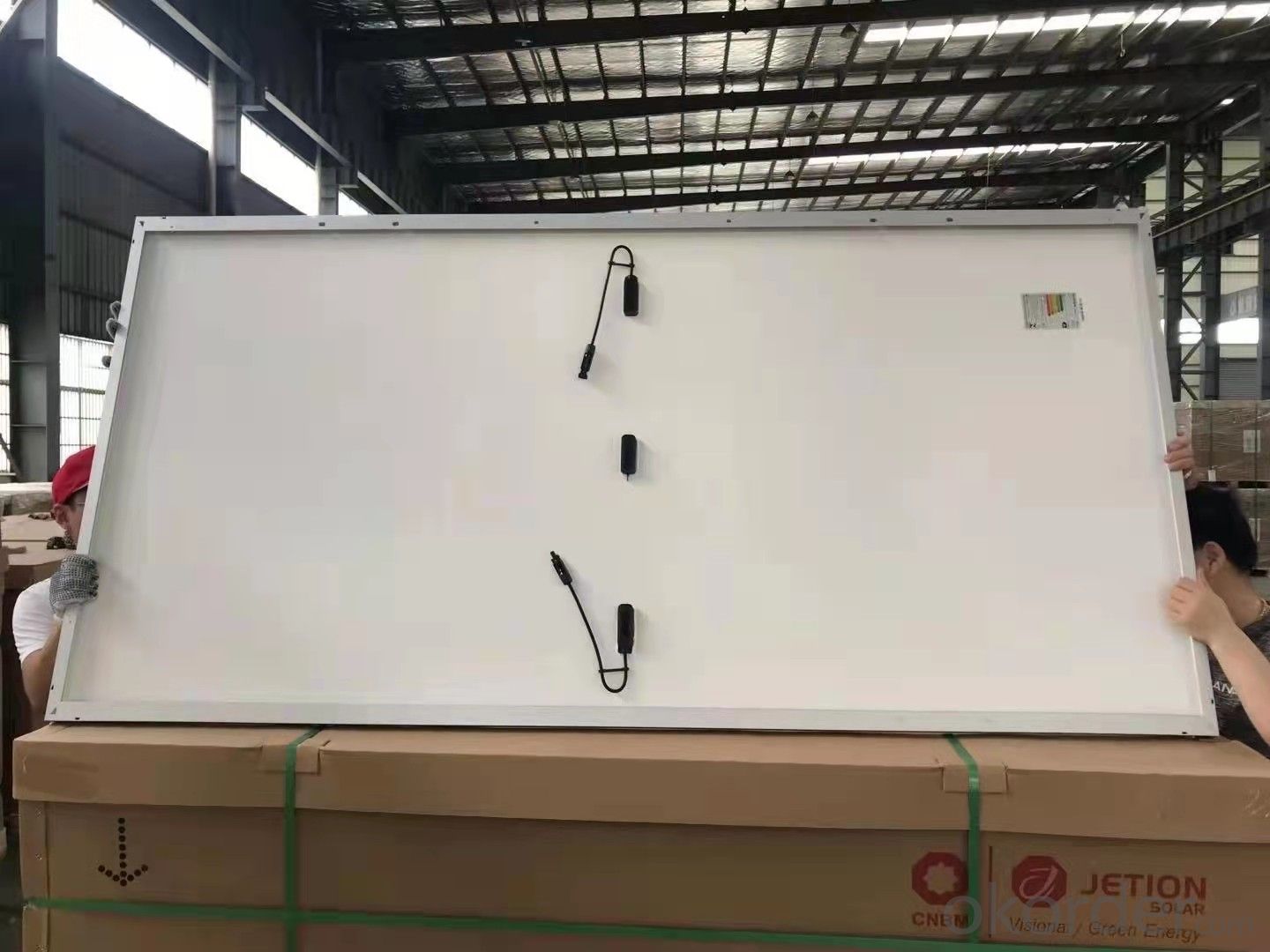
- Q: I am building a solar panel I have wired in series 36 .5 volt solar cells to produce 8 volts I have another panel that has 34 .5 volt solar cells to produce 7 volts. Any issues with wiring these 2 arrays in Parallel? I.E. would the smaller array take usable power away from the larger array?
- yes, i suggest u connect in parallel
- Q: How do solar panels affect the electricity bill?
- Solar panels can significantly reduce or even eliminate electricity bills by generating clean and renewable energy from the sun. By harnessing solar power, these panels can offset a portion or all of a household's electricity consumption, thereby reducing the amount of power needed from the utility grid. This ultimately leads to lower electricity bills and potential savings over the long term.
- Q: Can solar panels be used for charging outdoor power tools?
- Yes, solar panels can be used for charging outdoor power tools. Solar panels generate electricity by converting sunlight into energy, which can be used to charge batteries or power devices like outdoor power tools. This eco-friendly and cost-effective solution provides a sustainable way to charge outdoor power tools without relying on traditional electrical outlets.
- Q: Can solar panels be installed on schools or educational campuses?
- Yes, solar panels can be installed on schools or educational campuses. In fact, many educational institutions are increasingly adopting solar energy as a sustainable and cost-effective solution to meet their power needs. Installing solar panels on schools not only reduces electricity costs but also serves as an educational tool, allowing students to learn about renewable energy and environmental sustainability firsthand.
- Q: How do solar panels affect home insurance rates?
- Installing solar panels on a home typically has a positive impact on home insurance rates. While the upfront cost of installing solar panels can increase the replacement value of your home, resulting in a slight increase in premiums, many insurance companies offer discounts or special policies for homes with solar panels due to the reduced reliance on traditional energy sources and the increased energy efficiency. Overall, solar panels can help lower home insurance rates in the long run.
- Q: So I want to power one of my car fans with some solar panels. I ordered quite a few and I want to power one of my fans under the hood. I've already disconnected the fan and pulled it out of the car to test it later.What all do I need besides the panels, fan, and wiring to make this work. This fan will not be tied to any other system. Currently, the fan is not operated by the car or any system of the car due to a modification made to the automobile allowing me to disconnect it from use months ago.Using the fan powered from the solar panels would help with the modification to increase air flow and speed into the area.Could someone please help me by telling me what else I need to make the fan operational from here?
- You may not like it, but the answer's still the same. A car fan will draw anything from a few to several hundred watts, depending on which fan you're talking about (A/C, ventilation, cooling). A solar array will take up roughly one square meter to generate 00 Watts with the sun shining straight down onto it, so you'll need to cover (more or less) the entire roof (or hood) with solar cells in order to power that fan (minimum). If you still want to go ahead: Solar panels, Fuse, cables. Preferrably one cut-out diode per panel (in addition to the hopefully present internal diodes in the panels) in order to prevent one panle dumping its load into the next instead of into the fan. Much better option: get a low power fan (e.g a slow running computer fan) and connect it to that panel of yours. These fans make do with about 0 Watts (at a much lower air throughput), so you'll actually have a chance of running it from the solar panel without coverig your car in panels.
- Q: i have 2 questions.. I have a 6v solar panel, if i wanted to charge batteries with that it what batteries could i charge? Could charge normal AA batteries with it our do i need special batteries.2. I have a 6v solar panel that produces watt. I want to light a bulb with it but whenever i hook it up the solar panel won't light it up. I think the current of the solar panel is too low. How can i increase the current of the solar panel
- [] Use it to charge 4 pieces AA cell ( connect in series to make 5V battery pack ) for 0 to 4 hours. Good for cell rated 600mAH ,2000mAH,2500mAH. [2] Cannot increase current. Buy some more this panel and hook them together in parallel to increase current. You need at least ten pieces to make current reaches .6A to light up some 6V bulbs.
- Q: Properties of solar panel?I know this is too general,but i am to write a report on the materials used to make solar panels,and i am to include the physical, mechanical ,and chemical properties of the materials.It's just too general,such that i am lost.There are so many types of solar panels.So i hope some experts on this subject can give me a general guide lines ,maybe the tensile strength ?as much as you can please.
- American scientists have developed a new coating, which allows the solar cells to cool on its own, without relying on costly cooling and ventilation. Coating increases the output power and prolong the life of solar batteries .
- Q: How do you make solar panels and do you need a lot of them to make electricity?
- It's possible to put together pre-made solar cells into your own panels, but the result will be far less durable, and more costly than simply buying commercial panels. You may encounter some websites offering to sell you information on how you can power your home cheaply with homemade panels. Every one of those I've seen is a scam. Save your money. Do you need a lot of panels to make electricity? To make a system that is worth it generally takes at least a dozen panels, although I'm sure exceptions exist. Also, it generally needs a professional install to meet legal requirements, although a few skilled homeowners do manage to do their own.
- Q: Can solar panels be used in areas with high levels of shade or obstruction?
- Solar panels can still be used in areas with high levels of shade or obstruction, but their efficiency and power generation may be significantly reduced. Shadows or obstructions can cause partial or complete shading on the panels, which can lead to a decrease in energy production. However, advancements in technology, such as the use of microinverters or power optimizers, can help mitigate the impact of shading by allowing each panel to work independently and optimize energy production. Additionally, proper placement and angle adjustments of the panels can also help maximize sunlight absorption, even in shaded areas.
Send your message to us
La Solar Panels - New Hot Top Quality Jetion Solar Panel 370W Cost Price Bifacial Panels Black Cells 156x156mm
- Supplier:
 Jetion Holdings Limited
Jetion Holdings Limited
- Loading Port:
- China main port
- Payment Terms:
- TT OR LC
- Min Order Qty:
- 806 pc
- Supply Capability:
- 500000 pc/month
OKorder Service Pledge
Quality Product, Order Online Tracking, Timely Delivery
OKorder Financial Service
Credit Rating, Credit Services, Credit Purchasing
Similar products
Hot products
Hot Searches
Related keywords
